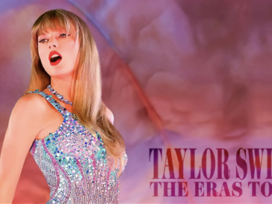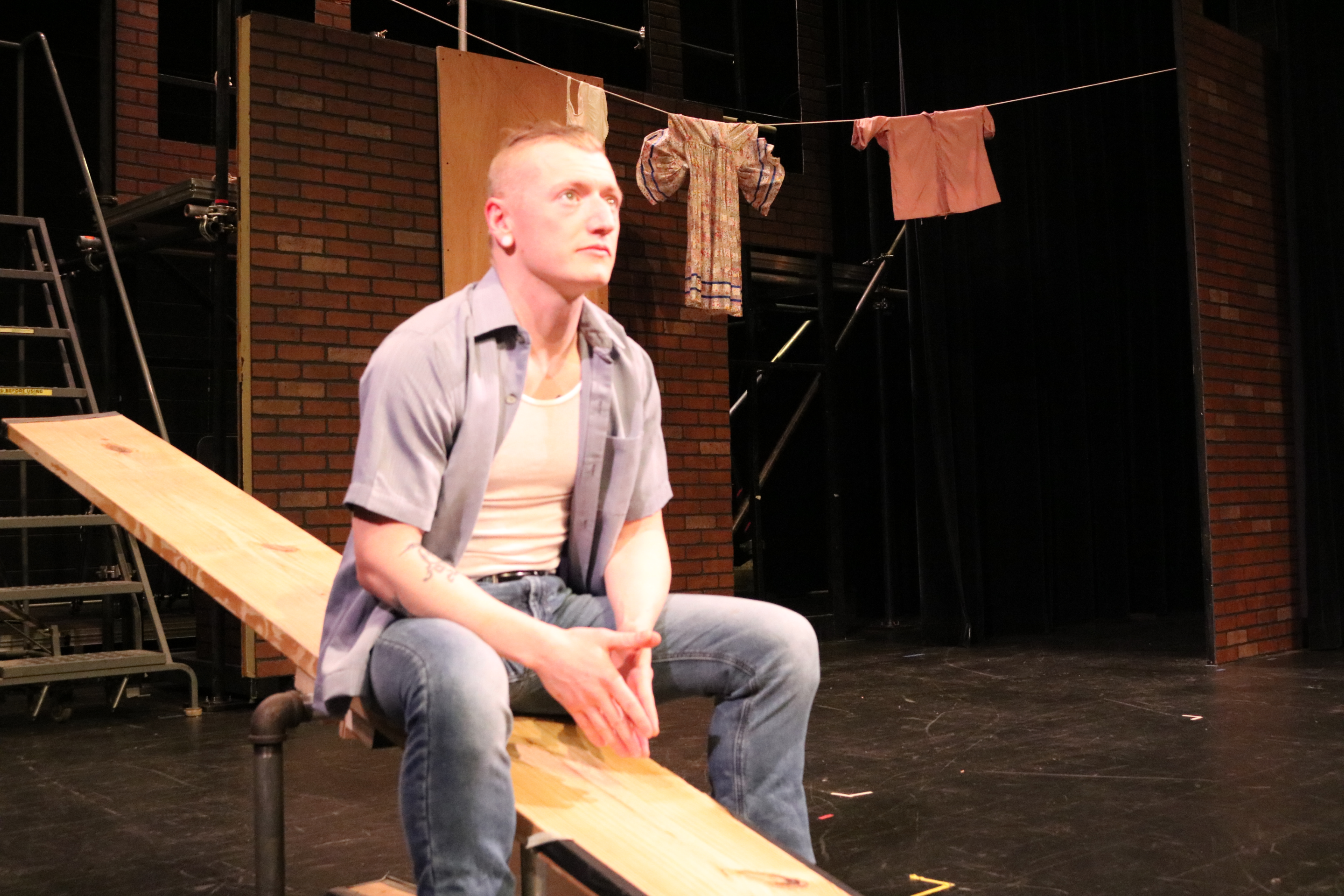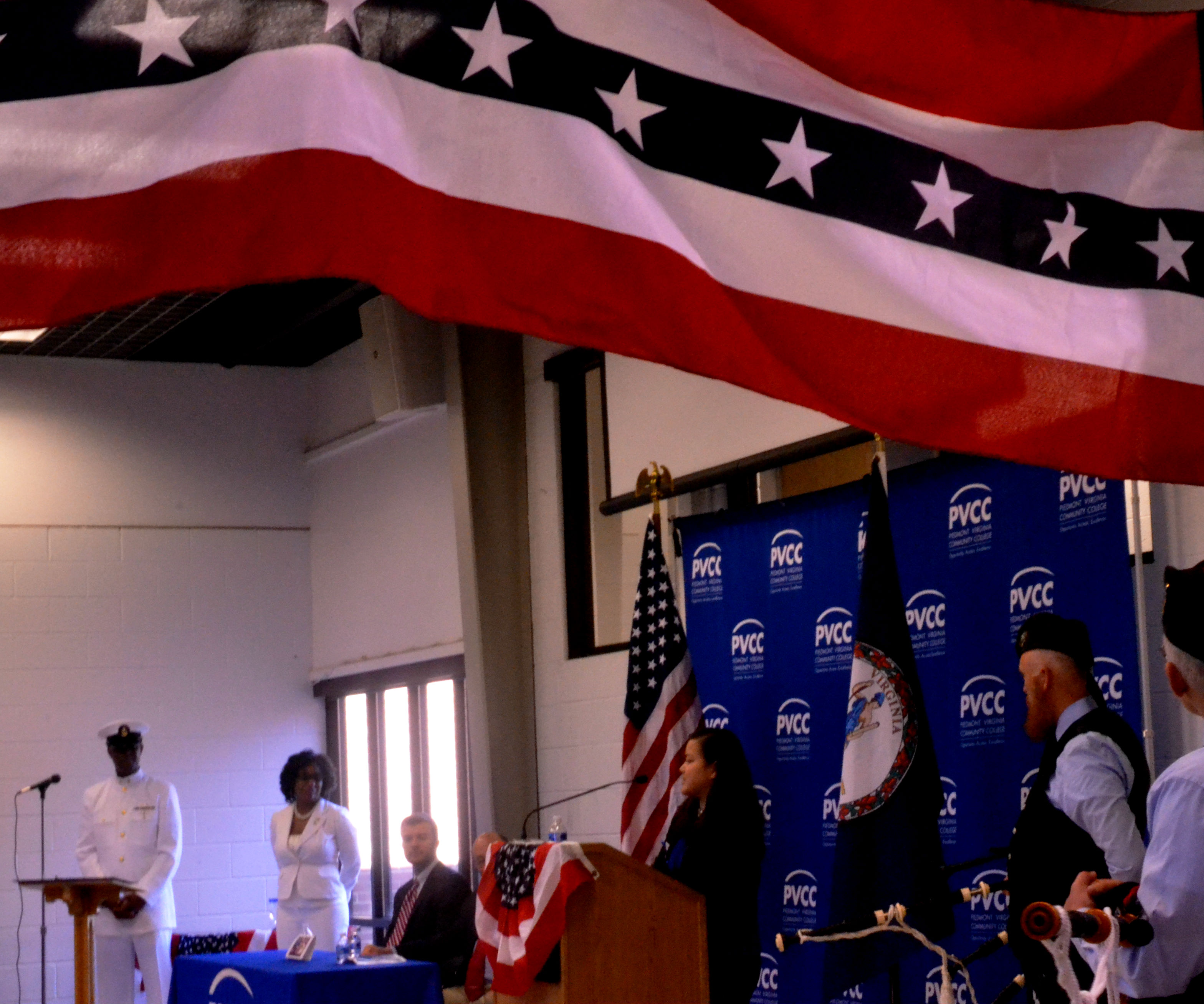
Reflections of the Oppressed
Several seemingly hypnotized people swung, swayed, danced and played in the black room with florescent lights. Led by the random whims of their partners, the participants existed only for an outstretched hand no more than a foot from their faces. Tasked only to keep their faces level with their partner’s hand, attendees at the “Theatre of the Oppressed” workshop in the Black Box of the Dickinson building, engaged in a process of letting go and trusting.
“The basic aim of the Theatre of the Oppressed is to humanize Humanity,” reads the first principle on the Theatre of the Oppressed (TO) website. Brad Stoller, coordinator of theater productions at PVCC, and drama therapist Mecca Burns accomplished just that when they hosted a TO workshop on Feb. 9.
We try to show rather than tell,” said Stoller regarding TO. Participating in the event provided a far more fulfilling experience than anything revealed by prior research.
According to an announcement for the workshop on the PVCC website, TO was first developed in the ’60s and consists of various theatrical practices designed to address social issues through acting while also incorporating audience participation. Both Stoller and Burns learned the techniques involved with TO directly from its founder, Augusto Boal.
In a form of image theater, Stoller and Burns began a dialogue involving a conflict over work conditions. Stoller represented one party, Burns another, the party considered to be the oppressor. Two other participants represented the image of one party from the perspective of the other.
The first phase of the exercise involved both Stoller and Burns whispering into the ears of their images. In a highly dramatic manner, a performer named Alexandra presented the concerns whispered by Stoller to the oppressor, a man who apparently did not wish to be bothered by what seemed to be petty and exaggerated complaints from Alexandra.
Gradually, Burns and Stoller stepped away and let the images engage in their conflict. The exchange became more heated with each argument before Burns and Stoller stepped back in to whisper into the ears of their images. The tone gradually became less intense.
The images stepped aside, leaving only Stoller and Burns. “I wish we could hear each other,” said Stoller, also adding that he thought Burns wished the same. “I hear that,” said Burns, concluding the demonstration.
The activity humanized two opposing parties in the eyes of one another, while carrying a strong message regarding the often overlooked half of communication: listening.
Stoller and Burns then broke the participants into groups of four to act out their own conflicts using the previous example.
I found myself fifth in a group of four, an observer. An older woman named Lynn expressed her feelings over a breakup with a younger man. For the performance, Lynn perceived the younger man as a type of oppressor for taking her for granted. The exact form of oppression involved how society seems to cast aside older, wiser women for their younger counterparts.
Alexandra, in a kind of repeat performance, served as Lynn’s image. A younger man, named Rob, acted as the offending party. A performer in various acting troupes with Stoller, Malik, played the role of Rob’s projection.
The performance played out much the same as the prior example. In the last stage, Malik and Lynn talked calmly to one another. Lynn eventually broke into tears. The other four of us waited and watched until Lynn’s tears ceased. We then received gratitude, hugs and a smile from Lynn.
Burns then addressed the boundaries of TO. Was there a way to take things too far using projections as in the exercise? “Is there protection in this liminal realm between real and make believe?” she said.
I had to let go more than I have in years while engaging as a participant in this workshop. I found it both fulfilling and safe.
The Theatre of the Oppressed workshop in the black room with florescent lights reached far beyond the world of theater and into life. This, however, is neither new nor profound in the realm of TO. According to founder Augusto Boal, the workshop merely served its intended purpose. “The Theatre of the Oppressed is located precisely on the frontier between fiction and reality – and this border must be crossed. If the show starts in fiction, its objective is to become integrated into reality, into life,” he said.







